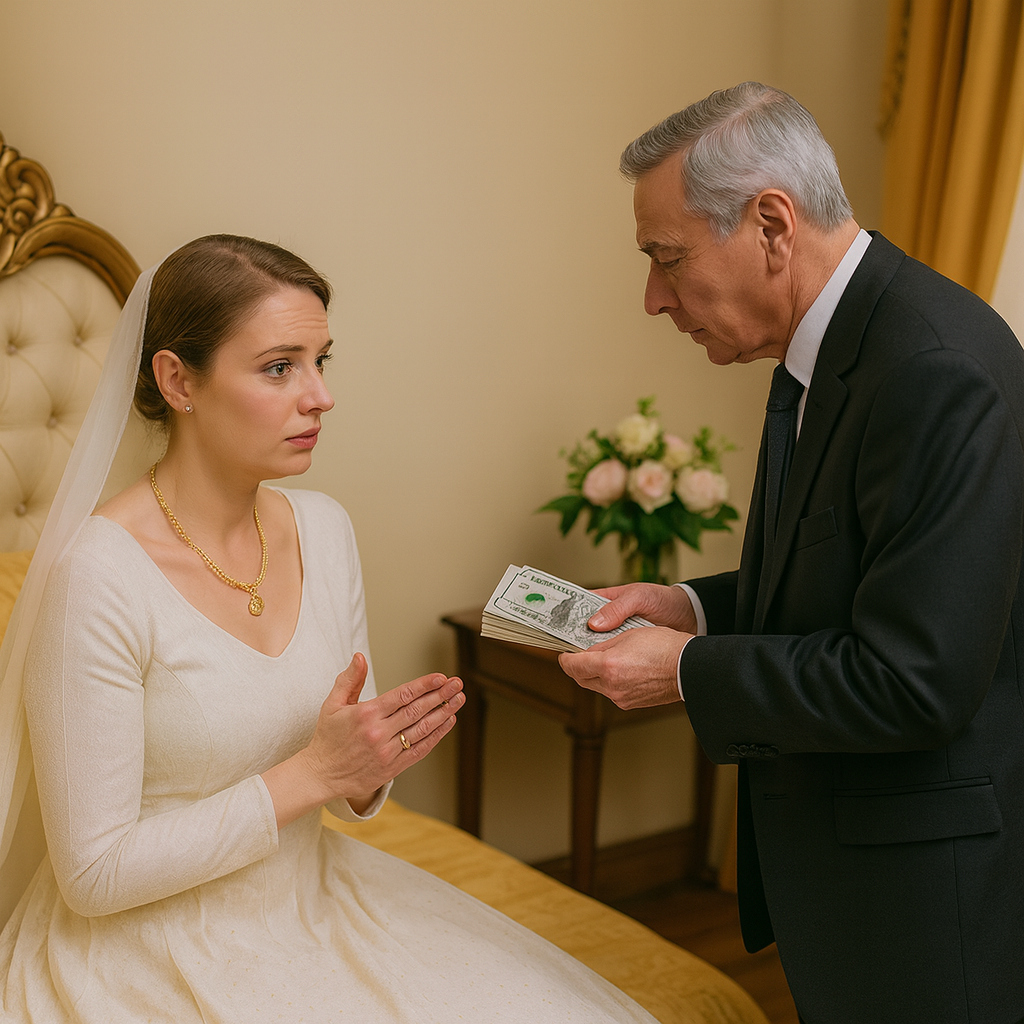The conversation surrounding the wage disparity between the NBA and WNBA has reached a boiling point. With Angel Reese and other top WNBA stars speaking out about the financial inequalities in professional basketball, the debate has extended far beyond the sports community. Some argue that WNBA players deserve a larger share of revenue, while others point to financial realities—such as the league’s continued struggles to turn a profit—as a reason for the current salary structure. Now, with Antonio Brown making unexpected remarks and the discussion intensifying, it’s time to take a closer look at the controversy.
The Wage Gap: How Big Is It?
There’s no denying that the salary differences between the NBA and WNBA are staggering. The average NBA player earns around $9.6 million per year, while the average WNBA player makes approximately $120,600. The league’s top players, like LeBron James or Stephen Curry, command salaries upwards of $40 million per season, while the WNBA’s highest-paid players, such as Breanna Stewart and A’ja Wilson, earn a fraction of that—capping out at around $250,000 to $300,000.
Angel Reese, one of the most vocal advocates for higher pay in the WNBA, has publicly voiced her frustration over the pay gap. Many players believe that their contributions to the sport should be more fairly compensated, especially as the league continues to grow in popularity. However, critics argue that the numbers simply don’t add up to justify major salary increases.
Financial Realities of the WNBA
Despite the increasing visibility of women’s basketball, the WNBA still faces major financial challenges. Reports indicate that the league has consistently operated at a loss, including a reported $40 million deficit in 2024—despite it being one of the WNBA’s most successful years in terms of viewership and engagement.
Unlike the NBA, which generates billions annually in revenue through television deals, sponsorships, and ticket sales, the WNBA’s revenue streams remain significantly smaller. The NBA is also able to pay its players higher salaries because it operates on a much larger scale, with international broadcasting rights and massive endorsement deals fueling its economy.
This raises a critical question: Can the WNBA afford to pay its players more, or would a dramatic salary increase threaten the league’s financial viability?
Antonio Brown’s Controversial Take
Adding fuel to the fire, former NFL star Antonio Brown recently weighed in on the debate, making remarks that sparked outrage among WNBA supporters.
“Y’all were cute in your little league, but now y’all complaining? Wasn’t 2024 the WNBA’s best year ever, and they still lost $40 million? And now she’s threatening to save somebody some money? Go on ahead. Someone needs to say it. We’ve gotten to the point where everyone’s afraid to tell them the truth. Their feelings aren’t more important than facts. Y’all asking for a raise while the league is still losing money. If the WNBA disappeared today, no one would notice.”

Brown’s comments quickly went viral, drawing mixed reactions. Some agreed with his assessment, arguing that businesses must be sustainable before increasing salaries. Others saw his words as dismissive and disrespectful toward female athletes who have worked tirelessly to elevate the WNBA.

The Player Perspective: Frustration and Demands for Change
WNBA players, including stars like Reese, Caitlin Clark, and Sabrina Ionescu, have argued that they deserve a larger share of league revenue, especially as the sport grows in popularity. Many point out that the NBA didn’t always dominate the sports world; it took decades of investment and financial support to become the global powerhouse it is today. WNBA supporters argue that a similar commitment is necessary to build women’s basketball into a more lucrative industry.
Additionally, players highlight disparities in travel conditions, accommodations, and marketing support compared to their NBA counterparts. Unlike NBA teams that fly on private jets, many WNBA teams still travel on commercial flights, often dealing with delays and scheduling conflicts that negatively impact performance and recovery.
The Future of the WNBA: What’s Next?
The WNBA is at a crossroads. The league has made significant strides in recent years, with rising television ratings and an influx of new talent drawing more fans. However, the question remains: How can the WNBA grow into a financially sustainable league while addressing players’ concerns about fair compensation?
One potential solution lies in increasing investment from the NBA and corporate sponsors. Some believe the NBA should allocate more resources to marketing the WNBA and securing better TV deals. Others argue that the WNBA must continue to expand its fan base and generate higher revenue before salaries can rise substantially.
Expansion teams, international markets, and improved media coverage could all play a role in bridging the financial gap. But as long as the league continues to operate at a loss, the debate over salaries is unlikely to be resolved anytime soon.
Conclusion
The wage gap between the NBA and WNBA is a complex issue that goes beyond just numbers—it’s about business sustainability, investment, and the value placed on women’s sports. While WNBA players are justified in demanding better treatment and fair compensation, the league’s financial reality cannot be ignored.
Antonio Brown’s comments may have been harsh, but they highlight a fundamental truth: A business cannot survive on ideology alone—it needs profitability. The challenge for the WNBA is to find a way to grow its revenue while keeping its best players satisfied. Whether that means higher salaries now or a longer-term investment strategy remains to be seen.
One thing is clear: The conversation isn’t going away, and how the league handles it could determine the future of women’s basketball for generations to come.

News
Married for 17 Years, He Cheated for 13 — Even Had a Child with Another Woman. When His Wife Asked for a Divorce, His Response Left the Court in Shock…
Seventeen years ago, Amelia believed she was the happiest woman in the world as she walked down the aisle in a pristine white wedding dress, filled with hope. But seventeen years later, she realized… The only thing her husband hadn’t…
Married for 17 Years, He Cheated for 13 — Even Had a Child with Another Woman. When His Wife Asked for a Divorce, His Response Left the Court in Shock…
Seventeen years ago, Amelia believed she was the happiest woman in the world as she walked down the aisle in a pristine white wedding dress, filled with hope. But seventeen years later, she realized… The only thing her husband hadn’t…
Her Husband Left, but She Stayed to Care for Her Paralyzed Mother-in-Law for 20 Years — And the Ending Shocked Everyone
When her husband left, Amelia was just 25. He went abroad for work — and never contacted her again. She cried a lot… but still wiped away her tears and prepared soup for her mother-in-law. The older woman had suffered…
On My Wedding Night, My Father-in-Law Shoved $1,000 Into My Hand and Whispered: “If You Want to Stay Alive, Run.”
I hadn’t even finished removing my makeup when my father-in-law knocked on the door. In that luxurious 5-star London hotel room, everything suddenly felt cold and suffocating. He didn’t look at me. Just shoved a bundle of cash into my…
The 6-year-old boy d/r/o/w/n/e/d in the village lake, but the whole village searched for 3 days and 3 nights without finding him.
The whole village was in an uproar when a 6-year-old boy mysteriously disappeared on a summer afternoon. The child was said to have gone out to play around the village lake as usual, but then did not return. When a…
A single teacher adopted two orphaned students who lost both parents at the age of 7… 22 years later, the ending is truly heartwarming!
That year, she was 38. An elementary school teacher in a poor riverside village, she had never married. People gossiped — some said she was too picky, others claimed she’d been betrayed in love and lost faith in marriage. But…
End of content
No more pages to load











